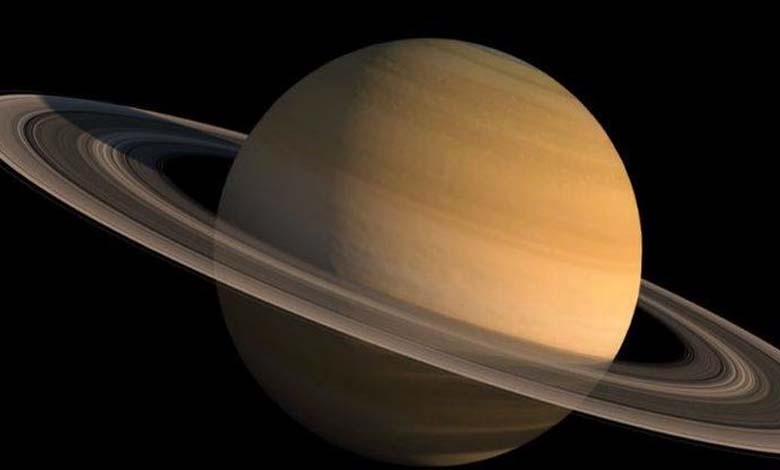“James Webb” contributes to deciphering the chemical code of the “Hot Saturn” planet

Astronomers led by a team from McGill and Montreal universities have succeeded in studying the atmosphere of the outer planet (HAT-P-18 b) using the James Webb Space Telescope (JWST).
This outer planet, classified as a “Hot Saturn,” located over 500 light-years away, was observed as it transited in front of its sun-like star. This allowed researchers to analyze its atmospheric envelope and gain insightful knowledge about its composition.
The study, detailed in the “Monthly Notices of the Royal Astronomical Society,” employed innovative techniques to distinguish between the atmospheric signals of the outer planet and the effects caused by the activity of its star. This was a particular challenge due to the irregular surface of the star, characterized by dark spots resembling sunspots on our own sun.
The results revealed the presence of water vapor (H2O) and carbon dioxide (CO2) in the planet’s atmosphere, along with potential signs of sodium. Additionally, the team discovered a cloud layer in the outer planet’s atmosphere that obscured signals from various particles.
Interestingly, previous analyses reported the presence of fog and methane, but this study refuted the discovery of methane. Instead, it suggested that the fog might be due to stellar spots rather than atmospheric conditions.
The study emphasized the crucial role of the “NIRISS” instrument on the telescope in decoding the components of the planet’s atmosphere, highlighting the importance of examining the characteristics of both the outer planet and its host star for accurate analysis.
Despite certain molecules being considered potential indicators of life, the extreme temperatures on the planet suggest it is inhospitable to life as we know it.
The study underscores the importance of continuous observations using advanced tools like the James Webb Telescope to improve these results and unveil more complexities in the atmospheric compositions of outer planets, providing valuable insights into the nature of distant worlds.












